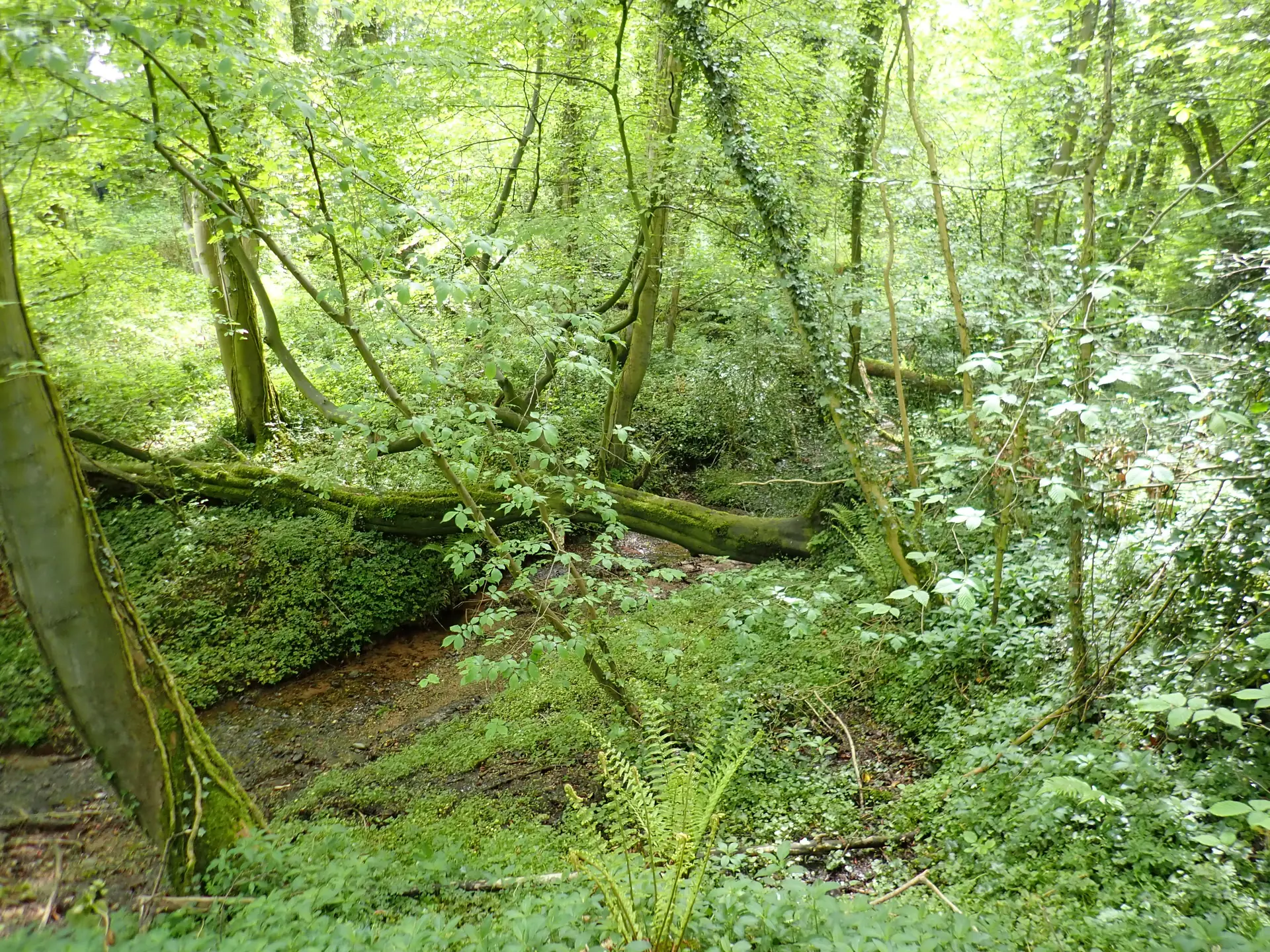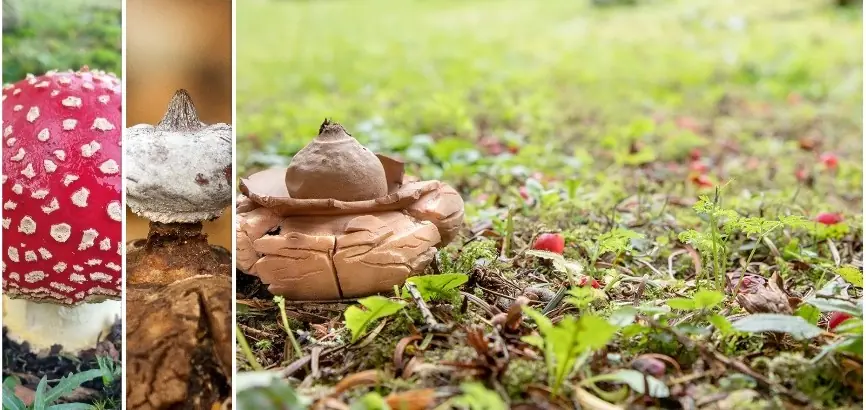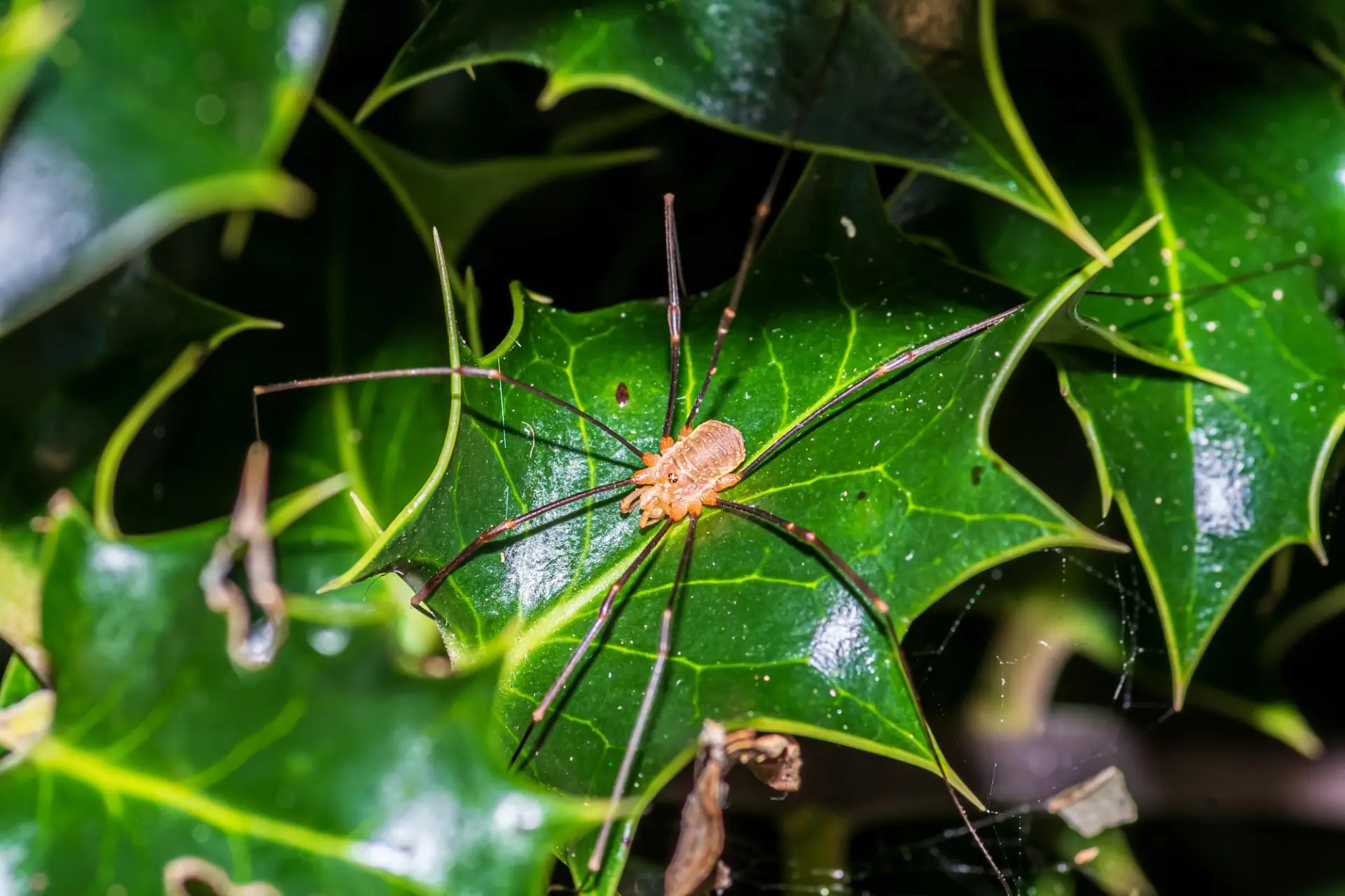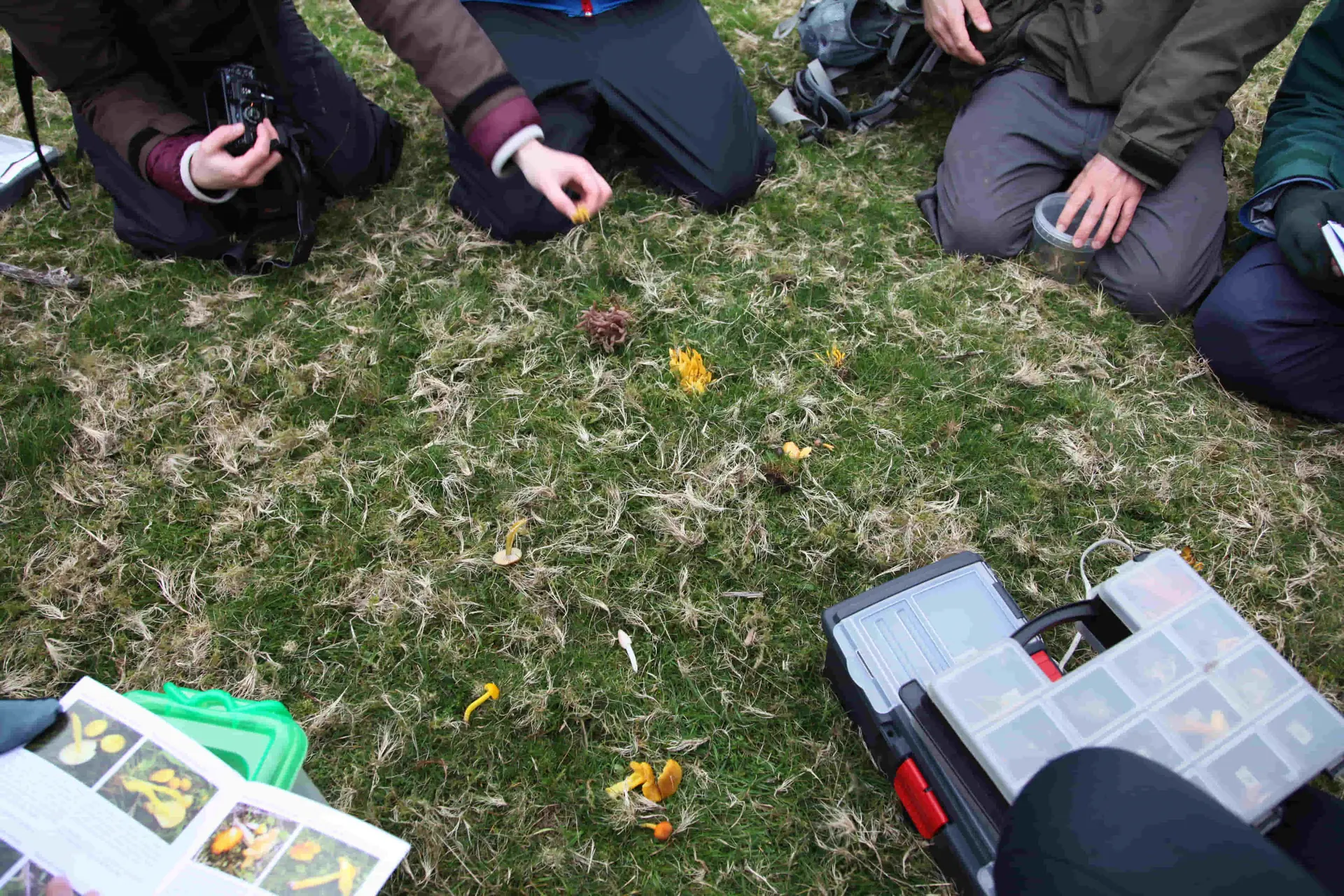What wildlife have you seen?
We are often asked "What wildlife should I record"? Record whatever wildlife you feel confident in identifying, and remember to put your records somewhere they can be accessed and used by others. Our Online Recording System is the ideal place!
Wildlife you might like to record could include the frogs that visit your garden pond, chaffinches using your bird feeder, or the first time you've encountered a red squirrel in the wild. We are interested in all wildlife sightings and receive hundreds of thousands a year from expert and novice wildlife recorders. So please let let us know what wildlife you've seen.
Look out for our QR code signs or register to use the Online Recording System and start recording wildlife today!
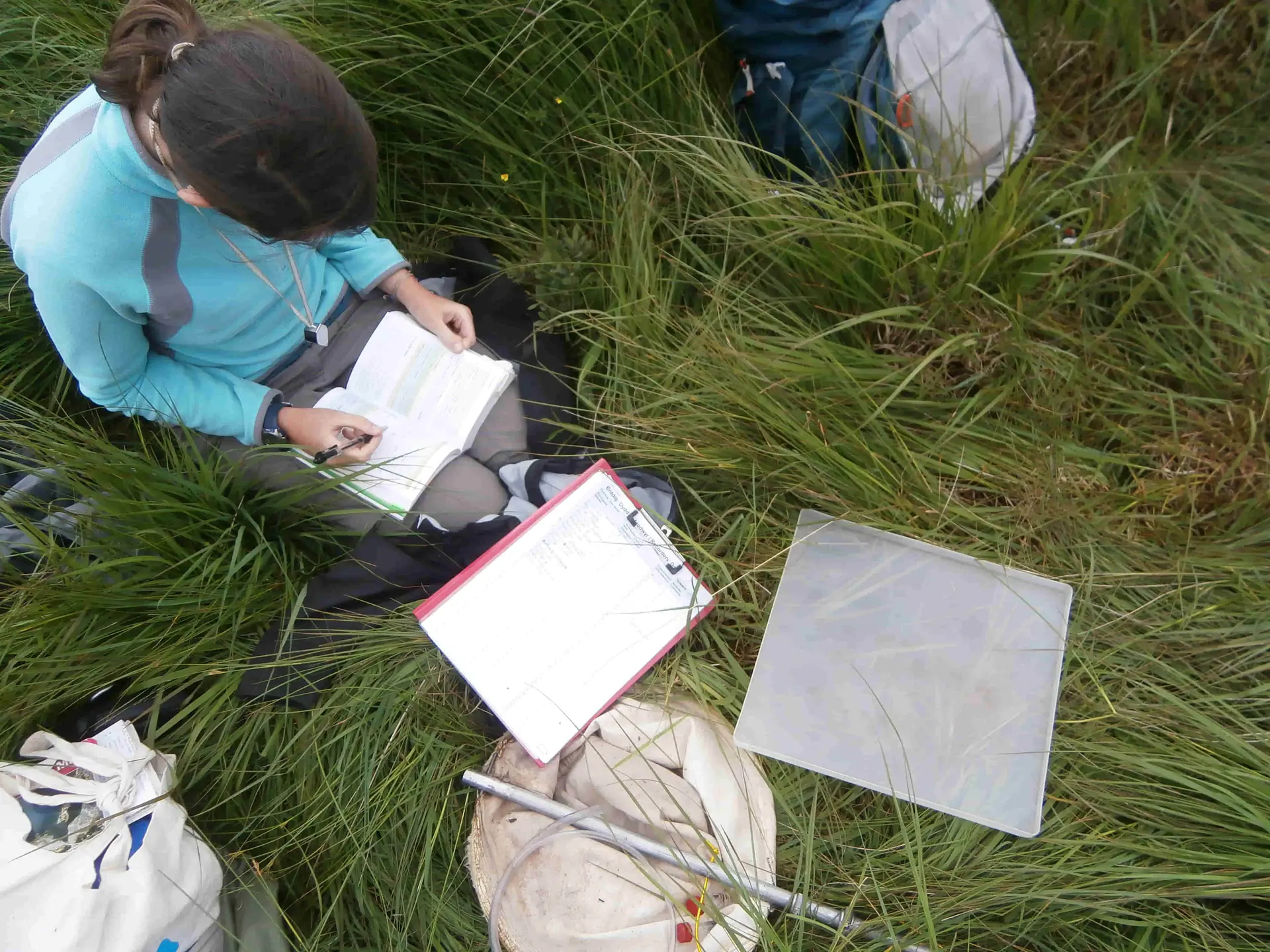
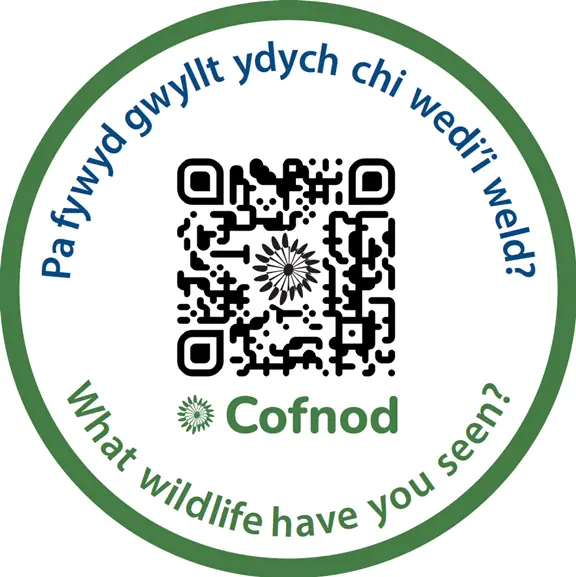

.webp)

